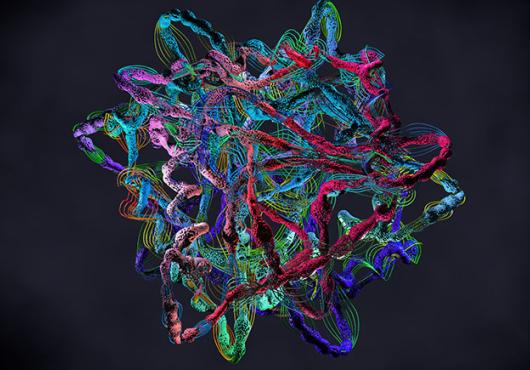
Harvard Medical School scientists and colleagues at Stanford University have developed an artificial intelligence diagnostic tool that can detect diseases on chest X-rays directly from natural-language descriptions contained in accompanying clinical reports.
The step is deemed a major advance in clinical AI design because most current AI models require laborious human annotation of vast reams of data before the labeled data are fed into the model to train it.
A report on the work, published Sept. 15 in Nature Biomedical Engineering, shows that the model, called CheXzero, performed on par with human radiologists in its ability to detect pathologies on chest X-rays.
The team has made the code for the model publicly available for other researchers.
Thought-provoking content
In-depth stories on science and medicine





